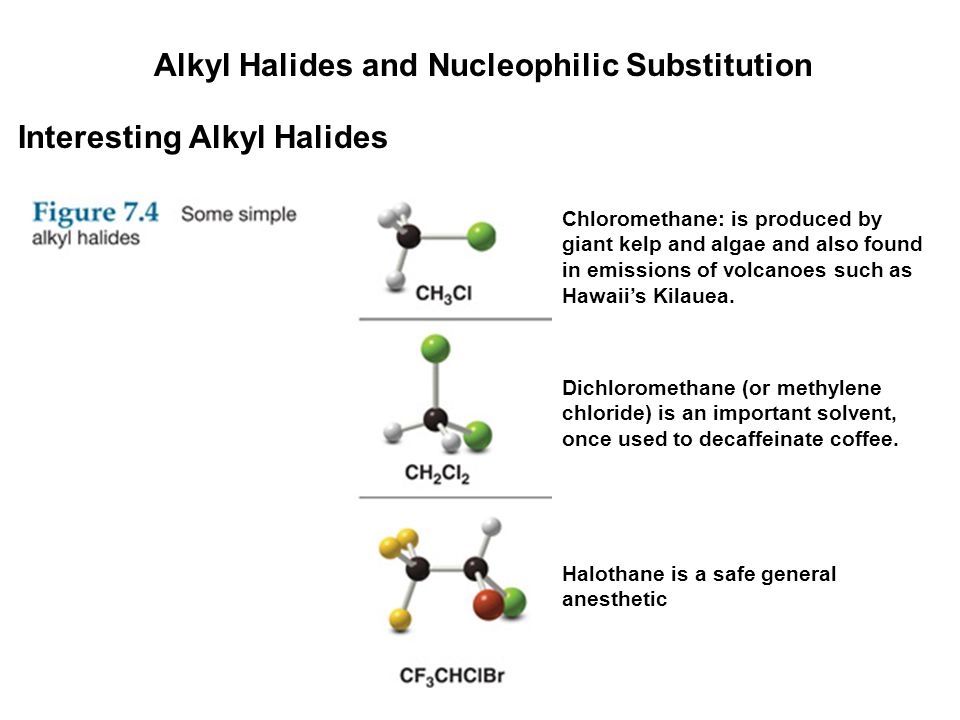

Thus, an important unmet need is to develop better animal models that more closely mimic the discrete hypertensive syndromes that now populate the clinic such as primary aldosteronism.

3 Only 4% of studies focus on aging and 4% focus on DOCA (deoxycorticosterone acetate)–salt hypertension (which itself does not model primary aldosteronism). Of National Institutes of Health–sponsored hypertension research, studies using Ang II (angiotensin II) infusion make up a disproportionate share (nearly 50%). Most experimental studies of hypertension using animals have therefore focused on understanding the mechanisms of primary hypertension.Īlthough excellent animal models with good human fidelity have been developed for many of these rare causes of hypertension, 1, 2 models of primary hypertension have been more difficult to develop, largely because the causes of the human disorder are unclear.

However, renovascular hypertension and Page kidney represent only a small fraction of human hypertension. The initial animal models of hypertension to be developed involved constriction of renal arteries (Goldblatt kidney) or parenchyma (Page kidney) the pathophysiology closely mimicked their human analogs. Among these are the solution of nearly all the monogenic causes of hypertension identification of discrete somatic mutations that cause primary aldosteronism the discovery that polymorphisms in the APOL1 gene underlie some racial disparities in hypertensive kidney disease the discovery that placental insufficiency generates placental growth factor and sFlt-1 (soluble fms-like tyrosine kinase-1), factors that mark and contribute to preeclampsia and finally, the recognition that certain anticancer drugs commonly cause hypertension by impairing the function of the vascular endothelium and the glomerulus. Over the past 20 years, some the most important scientific breakthroughs have emanated from the discovery of the basis of rare subtypes of human hypertension. Genetic forms of hypertension with mendelian inheritance are rare but have helped to identify important BP-regulating pathways. Finally, an increasing number of drugs used to treat cancer and other conditions are now recognized as causing hypertension, which is often severe. Secondary causes may involve the renal vasculature, endocrine organs, and kidney and may be involved in up to 20% of cases of resistant hypertension. Malignant hypertension is related to, but pathophysiologically distinct from, primary hypertension, as is the syndrome of preeclampsia.

Renin-sodium profiling has been used to classify primary hypertension, suggesting that the phenotype is highly variable, but treatment remains largely empirical and influenced by race and comorbid disease.Ī number of hypertensive subtypes also exist, and although they may make up only a small fraction of the cases of hypertension, they can nonetheless be relatively common, given the broad prevalence of hypertension itself. Risk factors for primary (formerly called essential) hypertension include advancing age, obesity, high dietary NaCl consumption, and low dietary potassium intake, although these appear to contribute to, but not cause, hypertension. However, in the majority of individuals, the precise cause of elevated blood pressure (BP) cannot be determined. Hypertension is the most common chronic disease in the world and produces substantial morbidity and mortality.


 0 kommentar(er)
0 kommentar(er)
